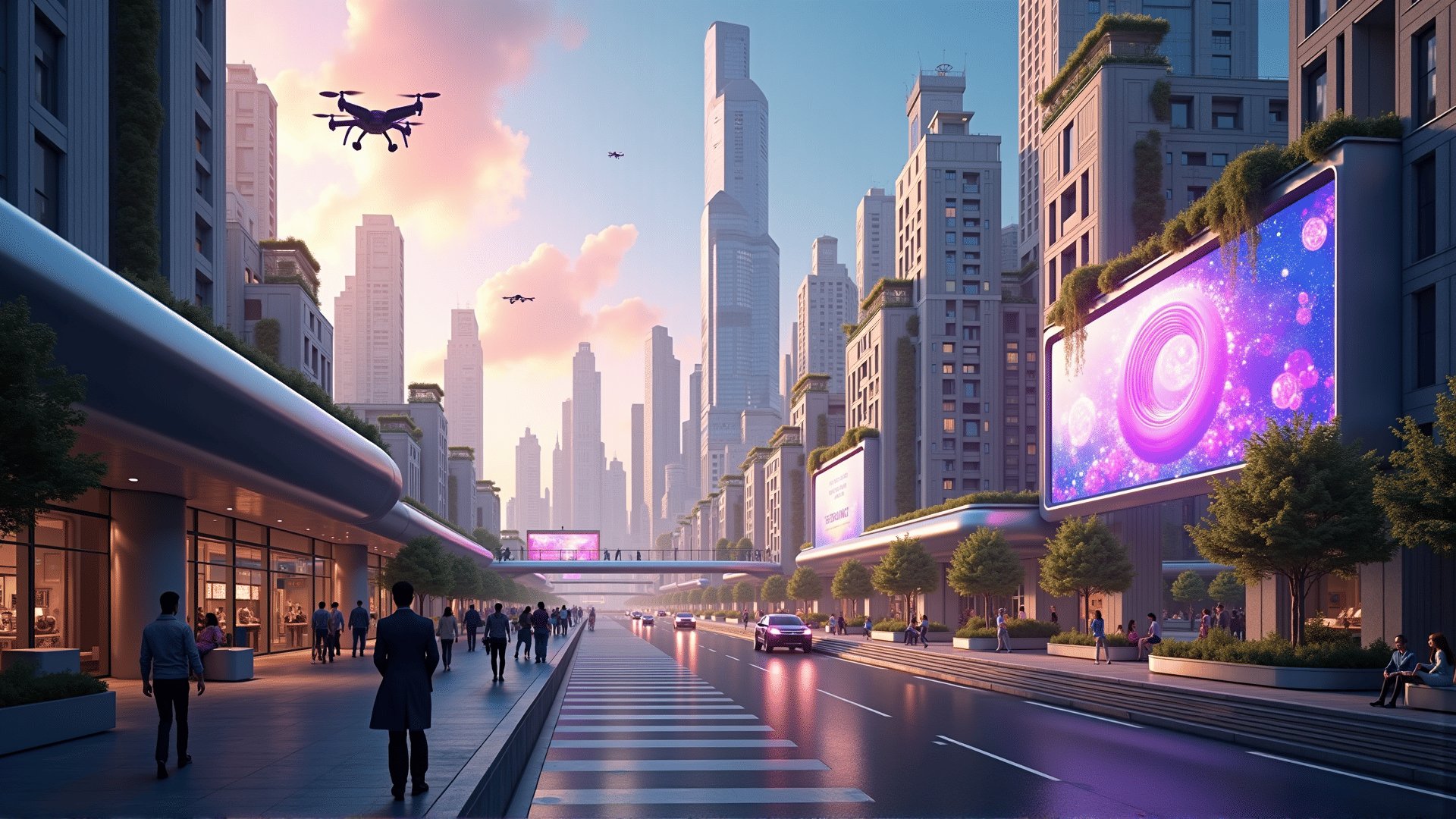In recent years, the digital world has experienced a visual evolution that promises to transform our experiences beyond what we once thought possible. As technology progresses, so does our ability to create environments that closely mimic the real world, blurring the lines between fiction and reality. The advancements in digital rendering techniques, powered by cutting-edge hardware, are ushering in a new era of visual splendor that captivates the human imagination.
At the heart of this revolution lies the ever-increasing power of graphic processing units (GPUs). These devices, now more sophisticated than ever, allow for intricate detailing and seamless integration of elements within digital environments. The precision with which these environments are created produces unprecedented levels of realism, enabling photorealistic landscapes that transport users to immersive dimensions.
Ray tracing is one of the pivotal technologies driving this immersive experience. By simulating the behavior of light, ray tracing brings an extraordinary level of depth and realism to visual scenes. It captures the nuances of shadows, reflections, and refractions, contributing to an authenticity that draws viewers deeper into their surroundings. This technique is rapidly becoming a standard for creating lifelike visuals, raising the bar for what is expected from digital imagery.
In addition to ray tracing, advances in artificial intelligence are also playing a significant role in the next-gen visual experience. AI algorithms are now capable of procedural generation, creating vast, detailed environments that would be impossible to craft manually. This leads to dynamically evolving worlds that remain engaging and unpredictable, adding another layer of depth to the visual story being told.
When combined with high-resolution displays that boast increased pixel density and vibrant color saturation, the end result is a visual feast that is both breathtaking and immersive. Ultra-high-definition formats and technologies like HDR (High Dynamic Range) enhance color and lighting contrasts, ensuring that every visual is rich and vivid.
Furthermore, virtual reality (VR) and augmented reality (AR) platforms benefit from these cutting-edge graphic technologies. As devices become more sophisticated, with faster refresh rates and more accurate motion tracking, users find themselves fully enveloped in digital worlds. These platforms offer interactive experiences that are both visceral and compelling, revolutionizing how we engage with digital content.
As the boundaries of what can be expressed through visual media continue to expand, so too does the potential for creativity and storytelling. Artists and developers are harnessing these tools to unlock new narratives that are more immersive and emotionally resonant. This next-gen visual revolution promises to redefine our interactions with digital environments, making them more authentic and engaging than ever before.
The future of digital visual experiences is bright and filled with possibilities, poised to enrich how we perceive and interact with crafted worlds. As technology continues to evolve, we stand on the brink of a new era where the line between the virtual and the real becomes ever more indistinguishable, bringing us closer to experiences that were once only imaginable in our wildest dreams.
